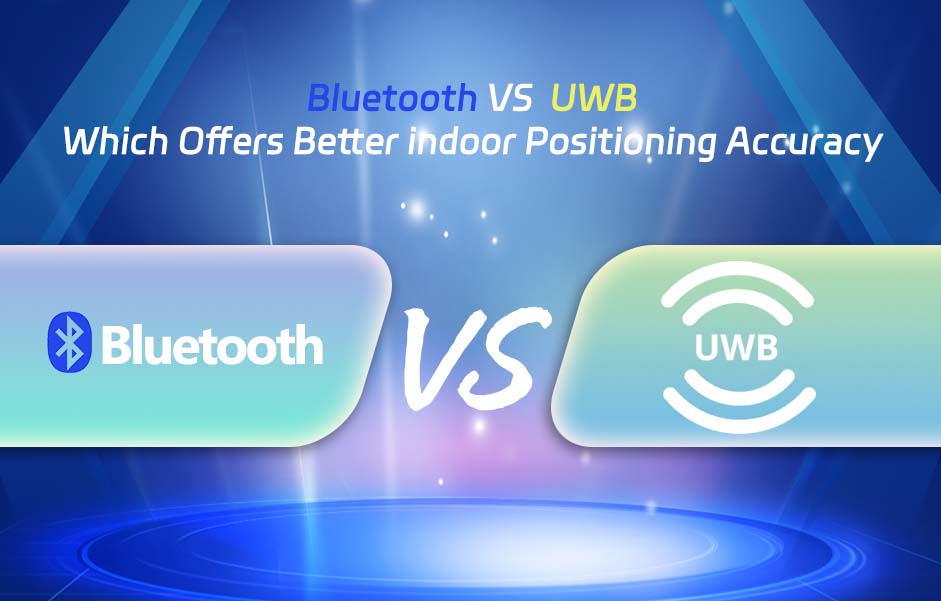Making Wireless IoT Project Easy, Smart, Secure.
GET A FREE SAMPLEWith the rapid development of the Internet of Things (IoT) and intelligent building technologies, From navigating shopping malls and airports to tracking assets in warehouses or ensuring workplace safety, the demand for precise, scalable indoor positioning continues to grow.indoor positioning systems (IPS) are becoming a key component of digital transformation. Among various technologies, Bluetooth Low Energy (BLE) and Ultra-Wideband (UWB) have stood out and become the two main solutions in the field of indoor positioning.

Bluetooth Low Energy (BLE)
BLE is a wireless personal area network technology designed for low power consumption. It leverages Bluetooth beacons, which transmit signals that can be detected and interpreted by smartphones or other BLE-enabled devices to estimate position.
Ultra-Wideband (UWB)
UWB is a short-range radio technology that uses very short pulses across a wide frequency spectrum, enabling high-precision time-of-flight and angle-of-arrival measurements.
Technological development trends
The evolution of BLE
The future of BLE lies in its ubiquity and affordability, making it ideal for large-scale, cost-sensitive deployments where sub-meter precision is not critical.
The innovation of UWB
IEEE 802.15.4z standard: enhanced security and ranging accuracy
Improvement in chip integration: Reduces costs and promotes large-scale applications
Multi-technology integration: Combined with LiDAR and visual systems to achieve more reliable positioning
The future of indoor positioning is not about choosing BLE or UWB—it’s about using the right tool for the right job. BLE offers simplicity and scalability. UWB delivers unmatched precision. Together, they are reshaping how we navigate and interact with indoor environments.
As infrastructure matures and costs decline, expect to see increasingly sophisticated solutions blending both technologies—creating smart spaces that are not just connected, but contextually aware.
Prev:Bluetooth's Role in Modern Data Center Protection
Next:The Ultimate Integration of 5G and Wi-Fi in Smart Home Networks
Copyrights© Shenzhen Skylab Co.,LTD All Rights Reserved.

